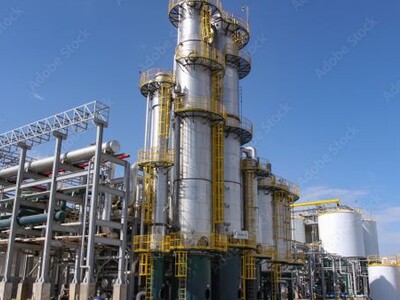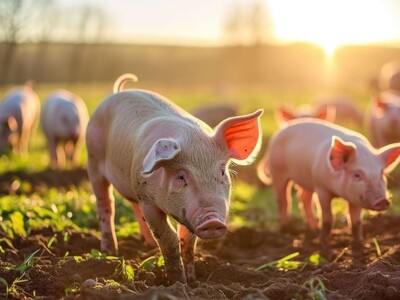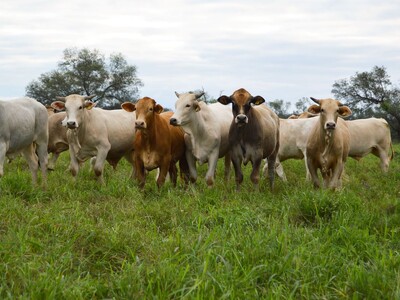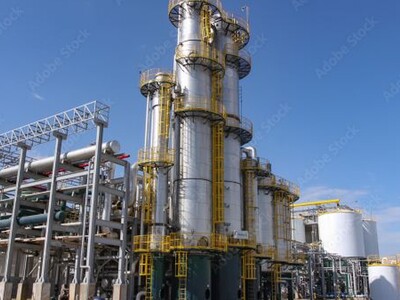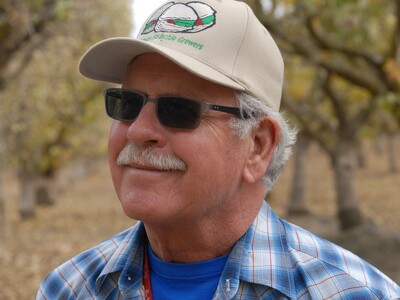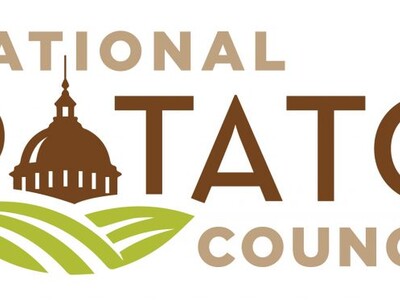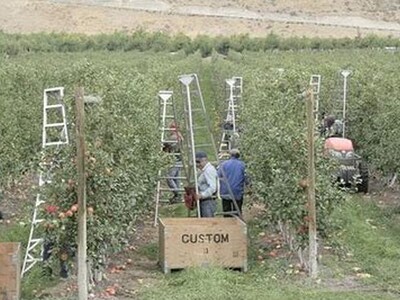Switchgrass for soil conservation
According to a study from the University of Missouri College of Agriculture, Food and Natural Resources, the loss of fertile topsoil from agricultural fields is an economic problem for modern farmers. When runoff water washes topsoil from agricultural fields in areas with claypan soils under the topsoil, farmers are often left with an exposed subsoil clay layer that creates difficult conditions for growing crops. Now, a study from the University of Missouri College of Agriculture, Food and Natural Resources has found that switchgrass, which is a perennial plant and used commonly for biofuel, improves soil quality and can be grown on farms that have lost fertile topsoil. Dr. Stephen Anderson, the William A. Albrecht Distinguished Professor of Soil Science at MU, says that switchgrass may be a good option for farmers who have challenges with growing other crops, provided a good market is available for switchgrass."Once a farm loses its topsoil due to erosion, the soil recovers very slowly," Anderson said. "Switchgrass can be grown efficiently on eroded claypan soils; farmers who have lost their topsoil may want to consider growing this hardy plant. Switchgrass can be and harvested and sold as a biomass crop for ethanol production or as fuel for power plants.





